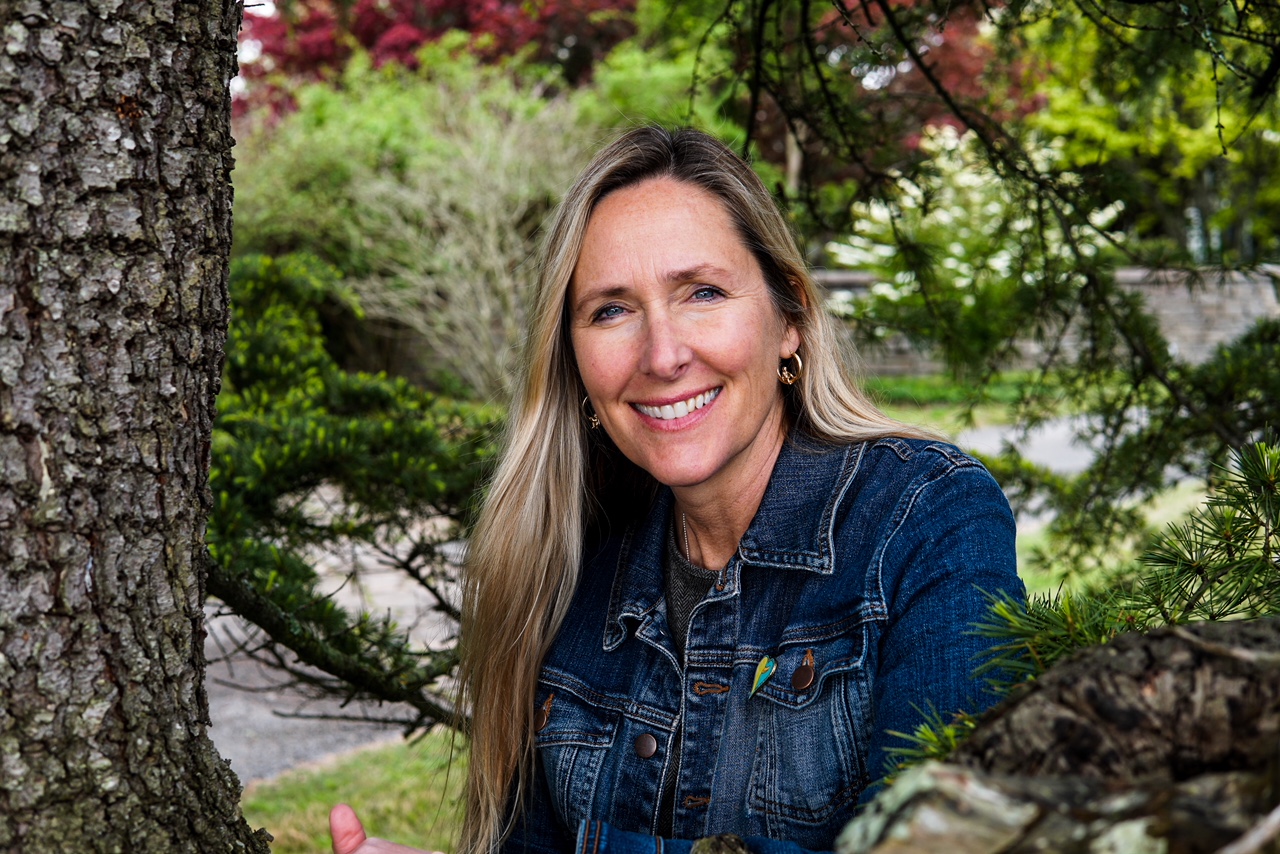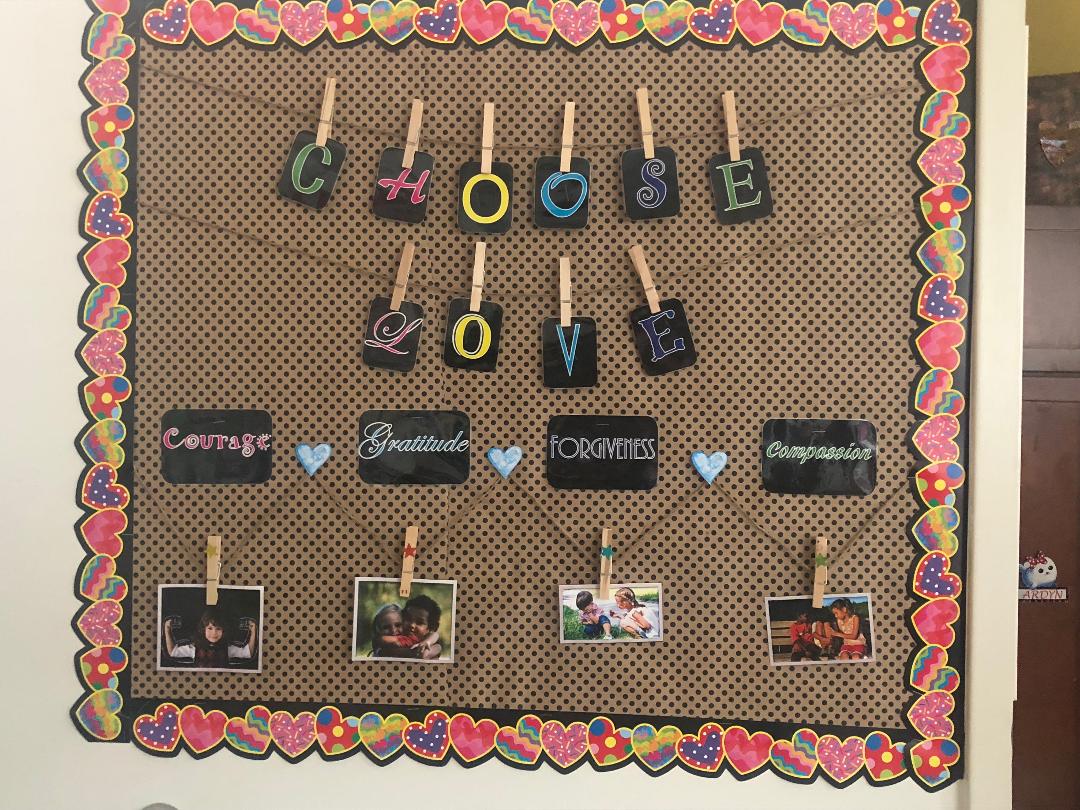As humans, we have a basic, primal need to belong. Belonging is defined as ‘the feeling of security and support when there is a sense of acceptance, inclusion, and identity for a member of a certain group. It is when an individual can bring their authentic self to others, including friendships, family and work.’ Feeling disconnected, unimportant, or not cared about can translate into feelings of loneliness. This has led to much of the suffering our society is experiencing today. Cigna surveyed 20,000 adults in 2018 and found nearly 50% reported sometimes, or always, feeling alone. This was before the social distancing mandate of COVID! Now many are reluctant to come in contact with others for fear of being infected and choose to remain isolated and remote.
Loneliness can cause us to feel sad, even depressed, which can lead to anger and sometimes even violence. Loneliness starts with a thought in your head. ‘I am lonely.’ That painful thought then travels to your heart which can subsequently hurt and then your stomach which might twist in knots before the signal travels back to your head and confirms the negative feeling. You can be in a room filled with 1,000 people and feel alone, or home by yourself and not be lonely. Social and emotional intelligence has an inverse relationship with loneliness. It is imperative that we learn and practice essential life skills that help us create and maintain meaningful connections and healthy relationships.
When we don’t feel good about ourselves, from the inside out, and we lack self and social awareness, we can behave in ways that aren’t kind in an attempt to ‘fit in.’ This is one reason that we bully each other. I moved to Connecticut when I was in middle school. This age group can be difficult as it’s a time when physical and emotional changes occur, and kids try to figure out their feelings and place in the world. There was a prominent group of popular girls and boys that seemed to me to smile wider and laugh louder. I was new and made a few close friends who I am still in contact with to this day. I tried to ‘fit in’ which doesn’t equate to belonging and victimized others along the way. Let me explain.
There was a girl in our grade that was often made fun of. She didn’t seem to understand when people were taunting and teasing her which evidently made her a target. She would laugh along with them, albeit uncomfortably, like she thought she was part of the joke when in actuality, she was the brunt of it. I was never directly involved in the teasing, only present on the outskirts, at times. I knew laughing at someone else’s expense was unkind and wrong but it seemed the easiest thing to do to fit in and not draw attention to myself, especially when everyone else was doing it. I was a bystander rather than an upstander. I didn’t have the essential life skills needed to be able to stand up and do what was right at that time.
One day, one of the most popular girls approached this girl in between classes. This was a busy time with students milling around in the hallway, standing at their lockers, and walking to and from class. “Hey! I have a present for you!” the popular girl said loudly, looking around so others would notice and come closer. We did. We were curious. So was this girl. “For me?” she said tentatively, looking around, almost as incredulous as we were. The popular girl handed her a small wrapped box and she took it with a broad smile. She unwrapped the gift and opened the box slowly. She then let out a startled shriek, dropped the box, turned and fled in tears. The jokester used a part of the box she retrieved from the ground to pick up the contents of what had dropped to show it to everyone. She held it high and turned around in a circle so those that had gathered could see that she had given her a box of dog poop. She laughed maniacally. We laughed, too, uncomfortably — some of us with a pit in our stomach, but we laughed nonetheless.
I can still remember every single detail of that incident, and my part in it. It still bothers me to this day. I recently told my son’s girlfriend this story after she shared that a woman had been harassing her online for years by making vulgar comments on her social media posts. Recently, the woman sent a note of apology. When my son’s girlfriend asked why she did it, the woman explained that she really didn’t feel the way her friends did, who had also been writing disparaging remarks, but she was afraid that if she didn’t go along she would be cut off from their friend group.
It’s necessary to understand our challenges in order to move through them. Why did the most popular girl in the school taunt, ridicule and reduce another to tears to get attention when she seemingly already had it. Clearly she had a problem, couldn’t identify the issue to begin to heal it, so she lashed out at others in meanness. Bullying is the attempt to off-put our pain onto someone else. You don’t abuse another if you’re happy. The woman on social media allowed fear to overtake her and used it as an excuse to torment another, for years. When we think of bullying we first think of kids but adults are much more prolific offenders and sometimes take it further. Bullying in schools has increased since we began tracking it by state and federal governments, despite billions spent on anti-bullying programming.
I get many stories sent to me that recount bullying incidents by both kids, and us big kids. Adults tend to be the worst of the bullies, actually, and even teach the younger generation our techniques. In fact, most bullies have been bullied themselves. I’ve heard from a few, including an educator who courageously spoke to me on a Choose Love podcast episode. She shared the ferocious bullying she endured in school as a child and felt the worst day was when the anti-bullying programs were taught because they gave bullies more ideas to try. How can we address the issue of how we treat each other in a different and more effective way?
It’s imperative to address the cause of issues we face, not just the issues themselves. This includes bullying. There are multiple causes of bullying, including the ones mentioned in the stories above, of wanting attention and to belong. We can all agree that the one who bullies is doing this from a point of pain, feeling of inadequacy, or fear of isolation and lacks the social and emotional intelligence to interact in healthy ways that are conducive to heartfelt connection.
We are all the same as human beings in the want and need to love and be loved. We are born wired for connection and the need is so essential our safety and well-being literally depends on others. The famous quote, “Survival of the fittest,” was actually not the conclusion of famous evolutionist Charles Darwin. He concluded in his research that it would be the ‘Survival of the most sympathetic’ that would live to survive and thrive. By sympathetic Darwin meant altruistic, generous, and compassionate in their community. Of course, this makes much more sense! How did you get to be where you are today? It was because of the love and support you’ve received along the way. Even animals need to foster each other to survive.
Love is a feeling, but it is also an ability. Without the ability to cultivate connections with others we can have an increasing sense of loneliness. Loneliness is the cause of much of the suffering we’re seeing today. Loneliness actually starts as a thought, and a thought can be changed. When we feel lonely we wonder why things are difficult for us and seem easier for others. It can make us feel angry, why aren’t we deserving of attention and love? This impacts how we behave and show up in relationships. Our anger might be self-perpetuating our feeling of being alone and actually drive others away. This can lead to feelings of wanting to take this anger out on others, to inflict self-harm, and even to violence.
What is the solution? We must teach our children how to have healthy and meaningful relationships. No one is born with these skills and tools but we can learn them. When we are very young we watch our parents and caregivers. Parents teach their children through words and actions that can have both positive and negative influences, so it’s necessary for kids to learn these essential life skills at school, as well. Amazingly these are the same skills that universities and employers are looking for and should also be used in our children’s own families and communities going forward.
If we want to prevent loneliness and bullying, we must address the cause, which is pain. We need to give kids the ability to cope with difficult events that happen in life. We can teach them how to have the courage to face challenges in order to learn from them, grow through them, and be strengthened by them! Choosing love teaches these essential life skills. It is the solution that will empower them to thrive as they become more confident, more resilient, more loving and happier human beings that will, in turn, create a more engaged, more connected, more compassionate world.


